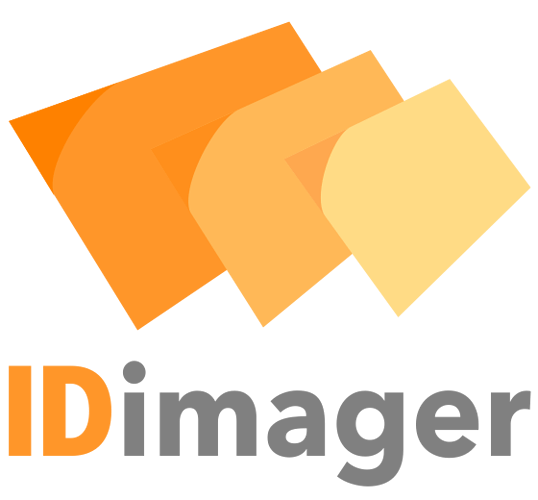Photos is temping, and I’ve played with it a fair bit, but Apple still wants you to do things their way, or their “It Just Works” features don’t work. Case in point is the unconsolidated storage option I linked in the OP, seems great till you get to the fine print.
I spent months consolidating all the photos from 6-8 different iPhone/Photo Libraries from disk images of old or reformatted computers. Most photos were in all the libraries, so I didn’t want lots of duplicates, but I didn’t want to risk loosing a pile of old photos that were only in one place, as I knew some were.
Most of that time was due the typically Apple decision to obfuscate the storage layout inside the Library. First level is separated into years? Great, that’s easy and makes sense, this is going to be easy!. Next two levels? I never found any rational to the structure, including lots of empty folders.
LR lets you choose how you want to organize your photos on disk, and it will work with that. I follow a common, but not required, system of Y-M-D folders for each event or trip, even if spans multiple days. That’s what I want, so that if some day I’m not using LR, or I simply want to go directly to the files on disk for a specific trip quickly, I’m not reliant on LR. My main photo storage is an external (with backups). I can plug that into any computer, even without LR installed, and browse my photos in an organized way. I loose easy filtering by keywords, ratings, etc, but all the info is right there.
That’s where iPhoto/Photos has left me with a bad experience, or with very repetitive tasks vs batch changes. I seem to always have a reason to occasionaly end up working around the software. I admit I’m more a power user, but yet not a pro photographer.
I’ve also never tried moving completely back to Photos, so would be happy if Jason Snell chimed in and showed how to do everything I want with Photos, I’d be more than buy his Take Control book and use Photos going forward.

